We were pleased to see this thoughtful and enthusiastic write-up of Huerta de Soto’s Hayek lecture by Andreas Kuersten for the LSE student paper, The Beaver. We reproduce it here by kind permission of the editor.
Last Friday Professor Jesús Huerta de Soto, of the King Juan Carlos University of Madrid, delivered a lecture at the LSE on the recent financial crisis and economic recession. The event, hosted by Professor Tim Besley of the LSE Economics Department, was held in honor of the work of former LSE Professor and 1974 Nobel laureate Friedrich von Hayek.
Professor de Soto holds doctorates in both Economics and Law from the Complutense University of Madrid and an MBA from Stanford University. He is considered by many to be one of the principal exponents of the Austrian School of Economics, which is largely influenced by Hayek’s ideas, and some of his notable publications include the books Money, Bank Credit, and Economic Cycles and Socialism, Economic Calculation, and Entrepreneurship.
Professor de Soto began his analysis by attributing a great deal of responsibility for modern financial problems to the Bank Charter Act passed on July 19th, 1844 in the United Kingdom. This was a landmark act that sought to eliminate the boom and bust cycle of markets caused by artificial credit expansions induced by private banks which were financed not by savings but by fiduciary media issued in large amounts. In essence, credit granted without reserve backing. The Bank Charter Act required 100 per cent reserve backing for banknotes issued. Yet it did not address demand deposits, which is money created just on the books of banks but which are still part of the money supply. Banks therefore diverted their business from issuing banknotes to demand deposits and thus circumvented the act’s requirement for total reserve backing.
This sort of financial business has continued, unaddressed, since then and resulted in a six-step process which led to the recent financial crisis.
Firstly, consumers are not encouraged to save because banks can issue credit without significant reserve backing. De Soto commented that the lack of savings means that demand for consumer products remains high which causes producers of these products to compete with one another for the means of production. This, according to de Soto, causes a rise in prices of these means.
The second step results from an increase in the price of consumer goods at a faster rate than that of the means of production due to consumer producers having to compete so vastly for them.
De Soto identified the third step as accounting profits rise in the companies closest to final consumption of products by consumers due to the rising prices.
The fourth step occurs as the Ricardo Effect takes hold, an effect meant to occur in an environment of savings and reserve backing to allow production to shift from consumer to capital goods to keep jobs and wages and consumer goods production becomes more expensive. Instead real wages decrease so companies hire cheap labour rather than investing in capital to replace labour. Price of capital decreases and further decreases profits of firms further from consumption.
The fifth step is an increase in the interest rate as growth stagnates. Step six then comes as companies farther from consumption incur mounting accounting losses and investment projects are liquidated.
After identifying these six critical steps, de Soto commented that their growth ceases and the receivers of banks loans are seen to not be able to pay them back in which case the banks are discovered not to have the reserve backing to absorb and handle the losses. The banks are shown to be bankrupt and the central bank must step in to stop the collapse of the financial system.
In response to this situation Professor de Soto suggests austerity measures to decrease government need for money and then a reduction of taxes on firms which need to concentrate on paying down debt. All levels of the market also need to be liberalised in order to facilitate easier transition by companies between different sectors depending on profitability.
De Soto also outlined a three step process for recovery and prevention. To begin with, the demands of the Bank Charter Act must be put into law but this time applying to demand deposits and all transactions. 100 per cent reserve backing must be required in all banks dealings. The next step is to get rid of the inherent socialism of our current financial system by getting rid of central banks. They succumb to all of the inherent problems of a socialist system noted by Austrian School of Economics scholars. De Soto acknowledged that they are too large and unable to keep track of myriad dealings and types of dealings done by financial actors, follow changes in supply and demand, and are based on an enormous amount of privilege being given to private bankers who engage in fractional reserve dealings. They cannot coordinate the system.
The final step involves privatizing the source of money and replacing modern paper money with the classical gold standard which would ensure 100 per cent reserve backing.
One of the more interesting questions put forth by the audience was a challenge to the reversion of the financial system to once again being based on the gold standard despite its links with the Great Depression. Professor de Soto responded that it was not the gold standard which led to this crisis but the actions of private bankers in seeking to subvert this system by ignoring it and undertaking fractional reserve transactions. The gold standard system was simply blamed when it failed due to these actions by bankers because it was the system officially recognized, even though it was not being followed.
Through his lecture Professor de Soto offered some very radical changes as solutions to the current financial crisis which were quite well received, the audience applauded them loudly. This was exemplified by spontaneous applause for the suggestion of returning to the classical gold standard. De Soto presented his arguments very passionately and, overall, they were received very positively by the audience.


